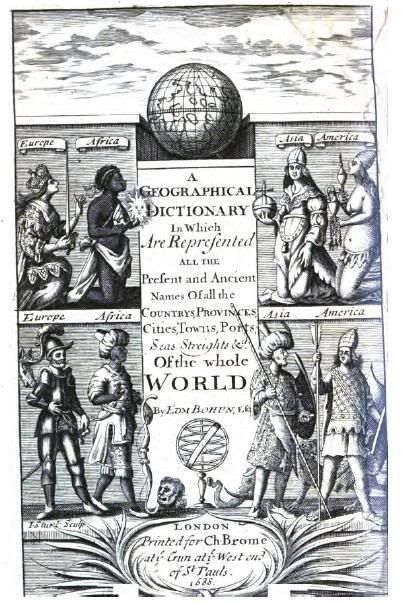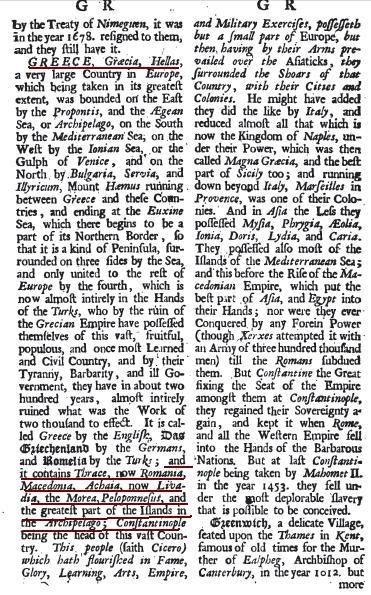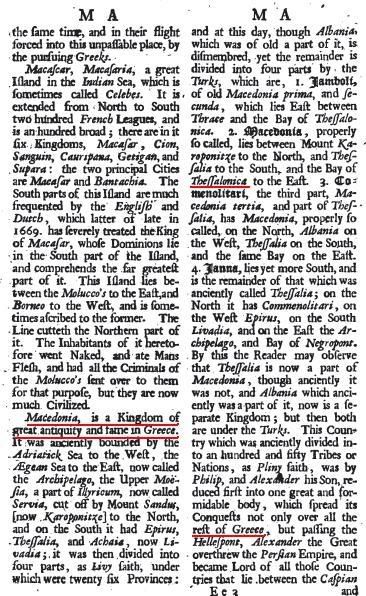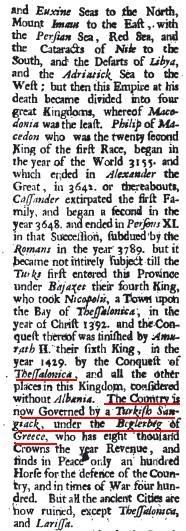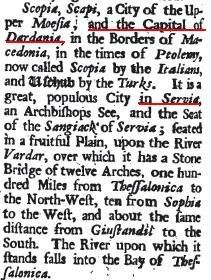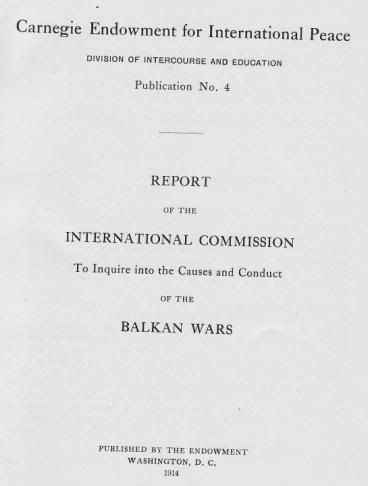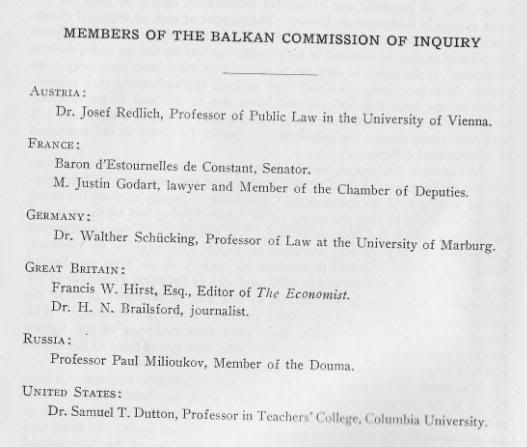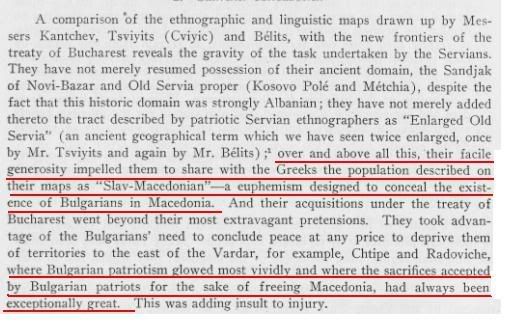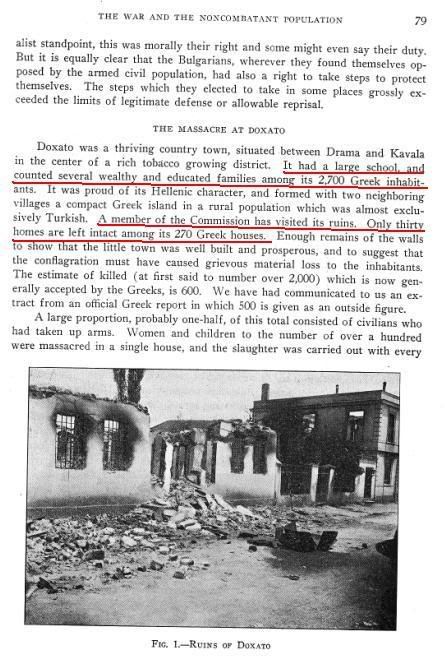To begin with lets examine an exhaustive volume titled "Harvard Encyclopedia of American Ethnic Groups" edited by Thernstrom, Orlov, and Handlin and published in 1980. The text provides valuable insight into how the Slavic immigrants from the region of "Macedonia" regarded themselves during different periods of the 20th century. From this we can deduce when the "Macedonian" ethno/national identity started to establish itself amongst the populace in the region of "Macedonia". As the following explains it wasn't until the period circa WWII that the majority of the immigrants from the region strongly identified with the "Macedonian" ethno/national identity. Prior to this Slavic immigrants from the region regarded themselves as, and were regarded as, Bulgarians:
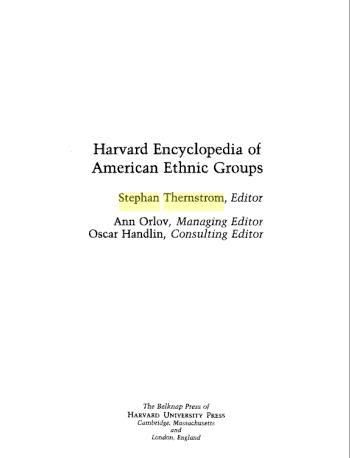
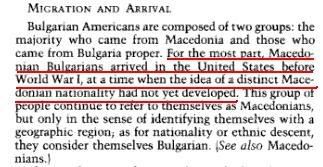
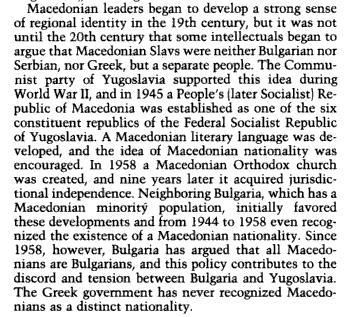
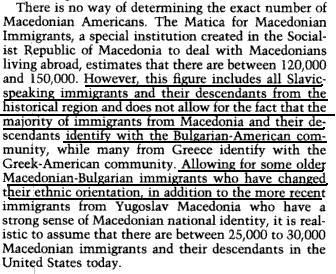
The notion that pre WWII Slavic immigrants from the region of "Macedonia" largely regarded themselves as Bulgarians, and not as "Macedonians" in an ethno/national sense, is bolstered by 2 additional sources:
1. A publication titled "Immigrant Races in North America" by Peter Roberts published in 1910 states that the Slavs from Macedonia were Bulgarians. Roberts defined a "Macedonian" as a Bulgarian from Macedonia as is evidenced from the following excerpts:
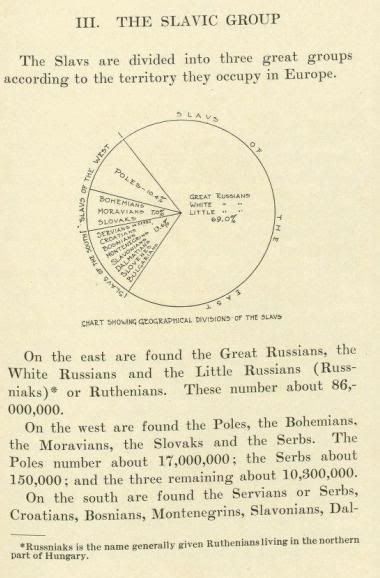
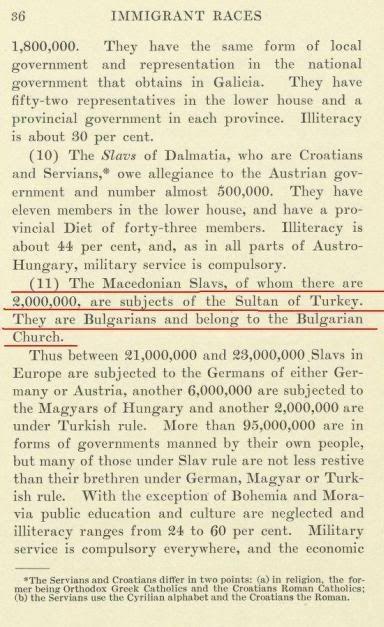
2. The anthropologist Loring Danforth, in his book "The Macedonian Conflict(1995)" wrote the following regarding the Slavic immigrants from "Macedonia" :
The question the reader should ask himself/herself is: if "ethnic Macedonians" have existed in continuity for centuries, and dominated the demographics of the Southern Balkans during that period, as nationalists from the Former Yugoslav Republic of Macedonia constantly assert, why do several objective sources, both modern and contemporary, state that the Slavic immigrants from the region were regarded as, and regarded themselves as, Bulgarians? Could it be that the "Macedonian" ethno/national identity is a relatively recent phenomenon as a vast number of sources tell us?"..the largest number of Slavic-speaking immigrants from Macedonia came to the United States during the first decade of the twentieth century at which time they identified themselves either as BULGARIANS or as Macedonian BULGARIANS. It has been estimated that between 1903 and 1906, 50,000 people who identified themselves in this way entered the United States [..] Since 1960, when Yugoslav emigration policies were liberalized, most of the immigrants from Macedonia to the United Stats have come from Yugoslavia and have had a strong sense of Macedonian national identity. They have founded their own churches in affiliation with the Macedonian Orthodox Church of Skopje, as well as their own cultural, sporting, and political organizations, all of which are concerned with preserving a uniquely Macedonian national identity. These organisations (some of which have maintained good relationships with the Republic of Macedonian and some of which advocate a more extreme and irridentist form of Macedonian nationalism) have succeeded in instilling a distinctly Macedonian national identity in some of those older immigrants from Macedonia who have previously adopted a more BULGARIAN orientation.-pages 87-88"
